after a positive supply shock, whereas there is a non-significant response or a decline
following cyclical shocks, would suggest a larger role for productive public spending in
France instead. Evidence for Germany rather seems to indicate a too large size of
government. We find that revenues and spending go up permanently after cyclical shocks,
but positive supply shocks tend to be associated with reductions in spending.
Figure 5.3 Impulse Responses (response to a 1 standard deviation shock,
bootstrapped responses with 5000 draws)
France

response of Y to shock in Cyclical
0.60
0.40
0.20
-0.00
-0.20
-0.40
-0.60
-0.80
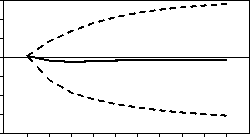

123456789 10
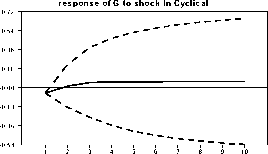


3.50
3.00 -
2.50 -
2.00 -
1.50 -
1.00 -
0.50 -
0.00
-0.50 -
-1.00 -
response of Y to shock in Supply

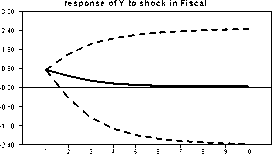
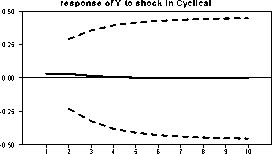
1 2 3 4 5 6 7 8 9 10
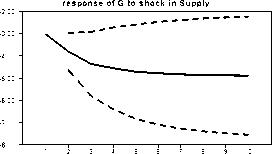
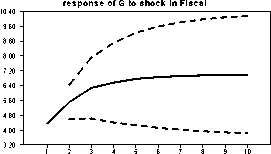

response of T to shock in Cyclical

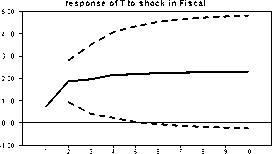
1.25
1.00 -
0.75 -
0.50 -
0.25 -
0.00
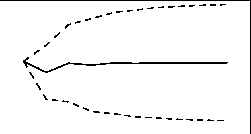
1 2 3 4 5 6 7 8 9 10
137
More intriguing information
1. The name is absent2. The name is absent
3. The name is absent
4. Group cooperation, inclusion and disaffected pupils: some responses to informal learning in the music classroom
5. Notes on an Endogenous Growth Model with two Capital Stocks II: The Stochastic Case
6. Co-ordinating European sectoral policies against the background of European Spatial Development
7. EFFICIENCY LOSS AND TRADABLE PERMITS
8. Getting the practical teaching element right: A guide for literacy, numeracy and ESOL teacher educators
9. Financial Development and Sectoral Output Growth in 19th Century Germany
10. A novel selective 11b-hydroxysteroid dehydrogenase type 1 inhibitor prevents human adipogenesis